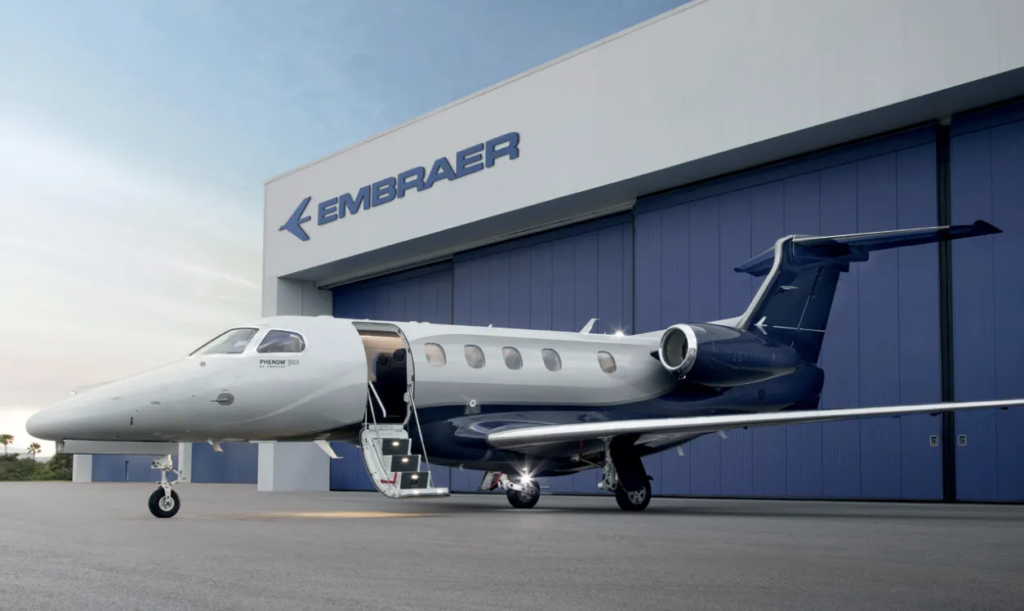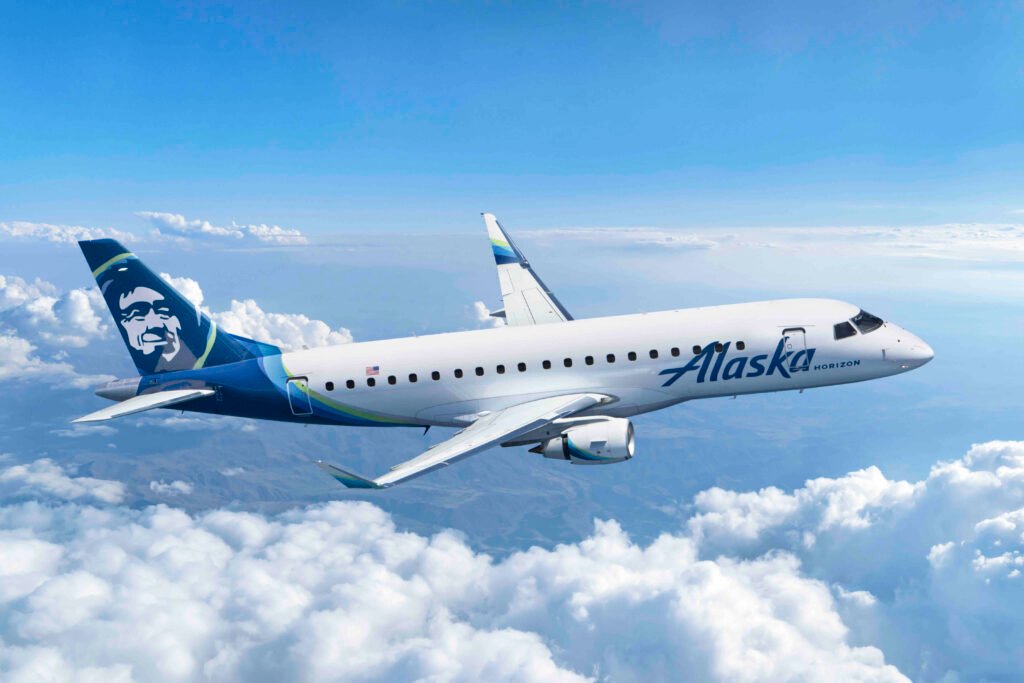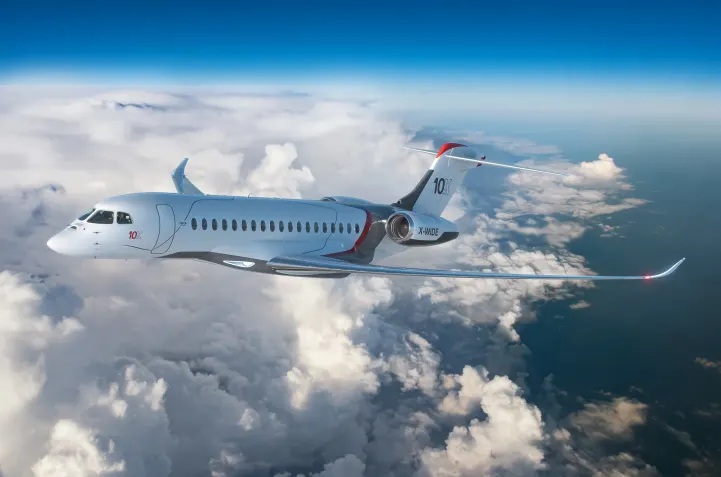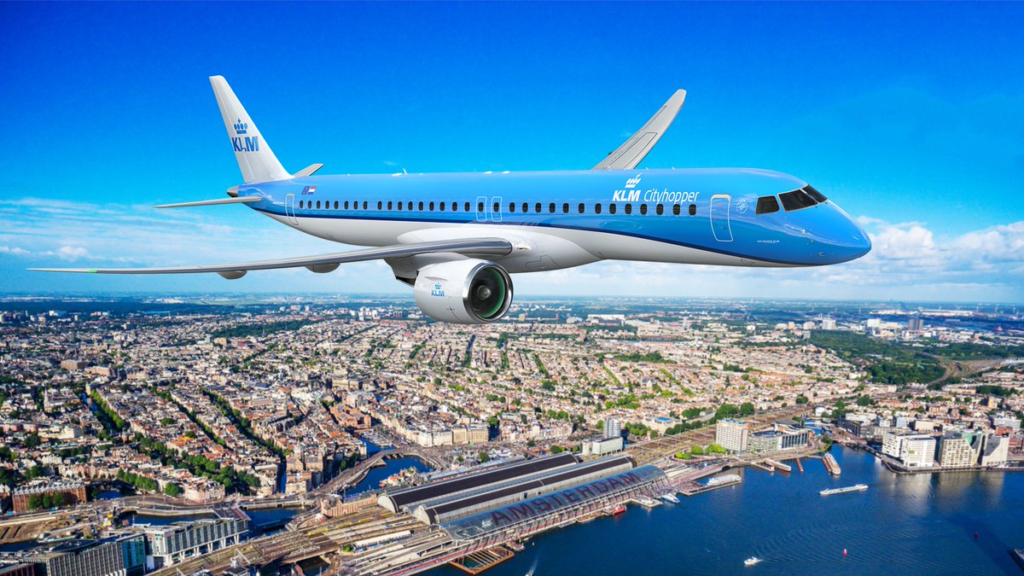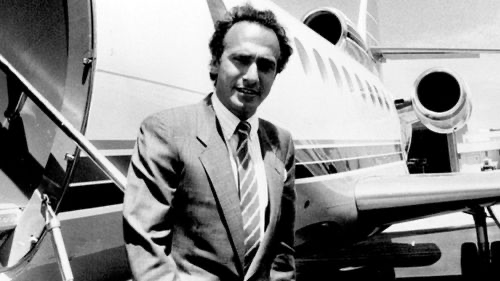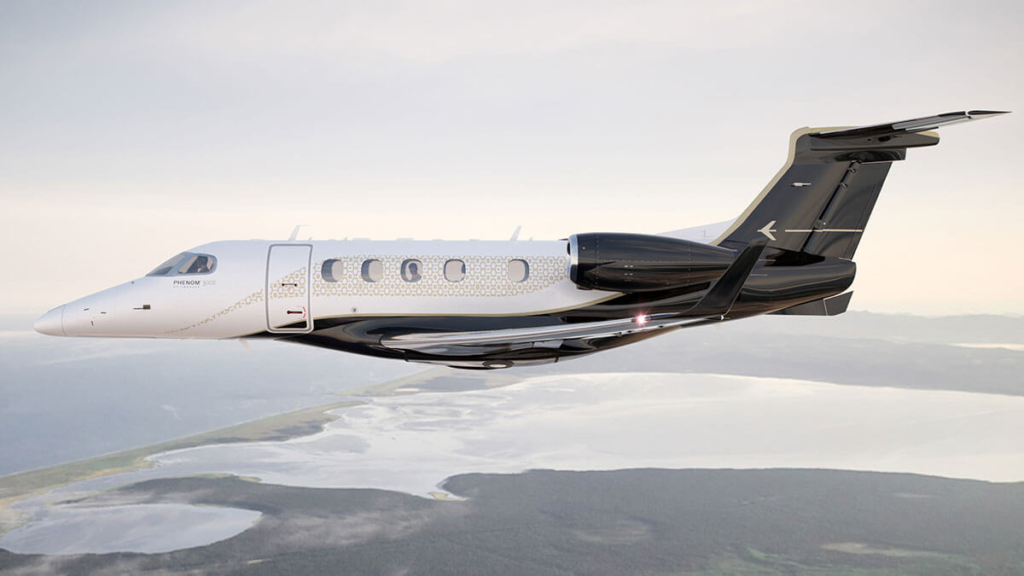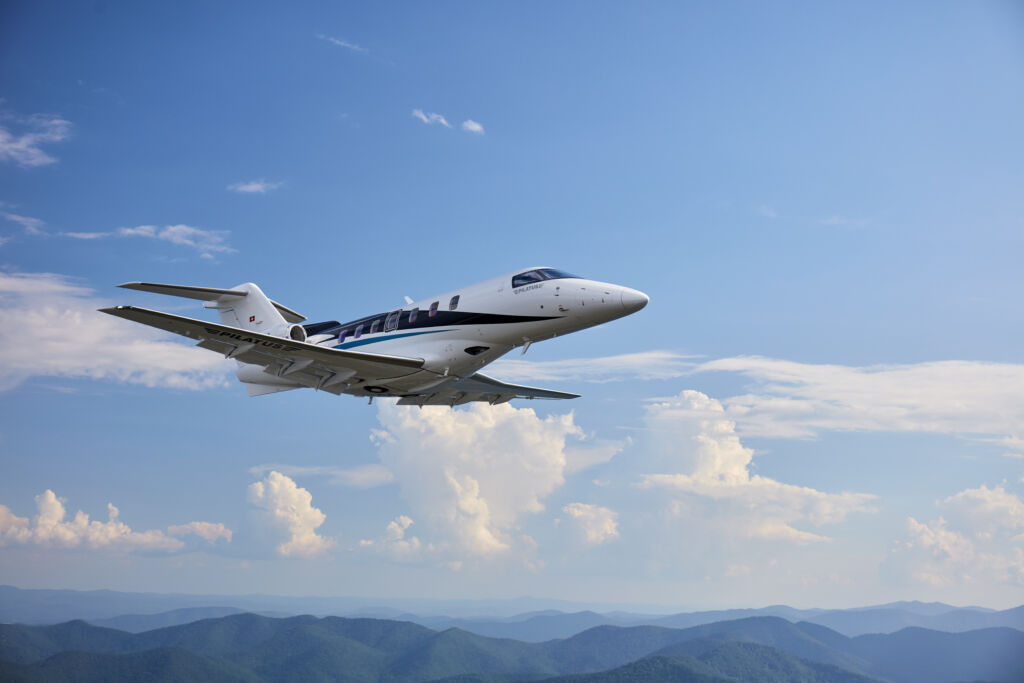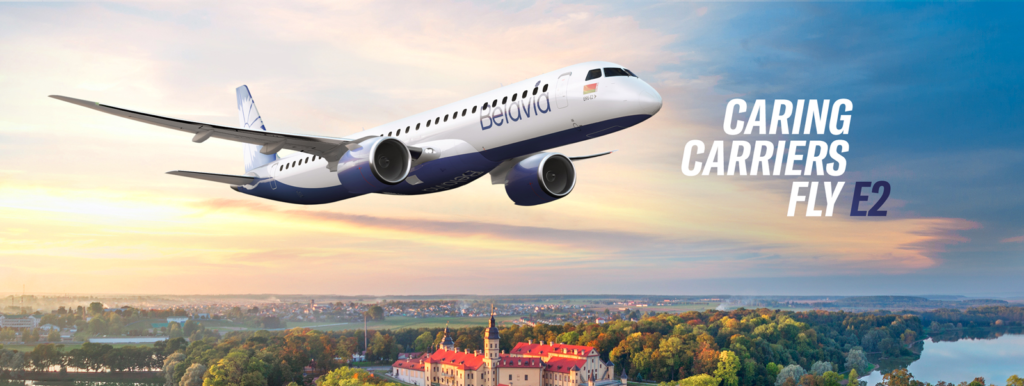Embraer Delivers 600th Phenom 300 Series Aircraft, World’s Best Selling Light Jet
Embraer has delivered the 600th Phenom 300 series business jet to Superior Capital Holdings, LLC based in Fayetteville, Arkansas. The aircraft, which recently became the world’s best-selling light jet for the ninth consecutive year and…
